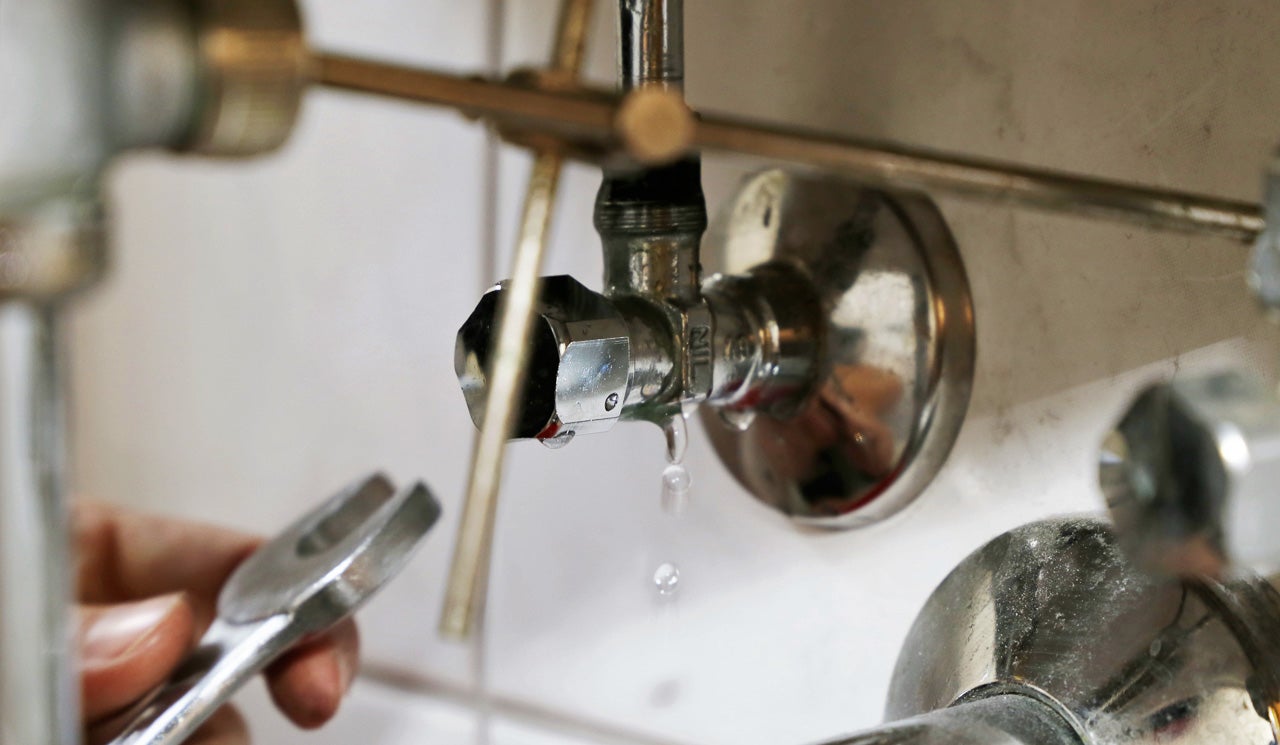They are making several great observations on the subject of Finding hidden leaks overall in this great article down below.

Early discovery of leaking water lines can alleviate a prospective disaster. In addition to conserving you money, it will reduce the aggravation and also frustration. The moment you discover a leak, calling your plumber for repairs is the best remedy. Some tiny water leaks may not be noticeable. If you can not discover it with your nude eyes, below are some hacks that assist.
1. Check Out the Water Meter
Every home has a water meter. Checking it is a guaranteed way that aids you find leakages. For beginners, turn off all the water resources. Make sure nobody will flush, use the faucet, shower, run the washing equipment or dishwashing machine. From there, go to the meter and also watch if it will certainly alter. Given that no person is using it, there need to be no motions. That suggests a fast-moving leakage if it relocates. Likewise, if you find no changes, wait an hour or 2 and examine back again. This means you might have a slow leak that can also be below ground.
2. Inspect Water Consumption
If you find abrupt adjustments, regardless of your usage being the exact same, it means that you have leaks in your plumbing system. An abrupt spike in your bill shows a fast-moving leakage.
A steady increase every month, even with the very same behaviors, shows you have a slow leak that's also slowly rising. Call a plumber to extensively inspect your building, particularly if you feel a warm location on your floor with piping below.
3. Do a Food Coloring Test
When it comes to water intake, 30% originates from toilets. Examination to see if they are running effectively. Drop flecks of food shade in the tank and wait 10 mins. If the shade in some way infiltrates your dish during that time without flushing, there's a leak between the tank and dish.
4. Asses Outside Lines
Do not forget to check your outdoor water lines as well. Test spigots by attaching a yard hose pipe. Should water leak out of the link, you have a loosened rubber gasket. Change this as well as ensure all connections are limited. It will certainly assist obtain it skillfully examined as well as maintained annually if you've got a lawn sprinkler system. One small leak can squander lots of water as well as spike your water bill.
5. Assess the scenario and examine
Home owners ought to make it a behavior to check under the sink counters and also even inside cupboards for any bad odor or mold development. These 2 warnings suggest a leak so punctual attention is called for. Doing regular evaluations, even bi-annually, can conserve you from a significant issue.
Check for discolorations and weakening as the majority of devices and pipelines have a life expectations. If you believe leaking water lines in your plumbing system, don't wait for it to intensify.
Early discovery of dripping water lines can reduce a prospective catastrophe. Some small water leaks might not be noticeable. Examining it is a surefire way that aids you uncover leakages. One small leak can waste bunches of water and increase your water expense.
If you think dripping water lines in your plumbing system, don't wait for it to rise.
WARNING SIGNS OF WATER LEAKAGE BEHIND THE WALL
PERSISTENT MUSTY ODORS
As water slowly drips from a leaky pipe inside the wall, flooring and sheetrock stay damp and develop an odor similar to wet cardboard. It generates a musty smell that can help you find hidden leaks.
MOLD IN UNUSUAL AREAS
Mold usually grows in wet areas like kitchens, baths and laundry rooms. If you spot the stuff on walls or baseboards in other rooms of the house, it’s a good indicator of undetected water leaks.
STAINS THAT GROW
When mold thrives around a leaky pipe, it sometimes takes hold on the inside surface of the affected wall. A growing stain on otherwise clean sheetrock is often your sign of a hidden plumbing problem.
PEELING OR BUBBLING WALLPAPER / PAINT
This clue is easy to miss in rooms that don’t get much use. When you see wallpaper separating along seams or paint bubbling or flaking off the wall, blame sheetrock that stays wet because of an undetected leak.
BUCKLED CEILINGS AND STAINED FLOORS
If ceilings or floors in bathrooms, kitchens or laundry areas develop structural problems, don’t rule out constant damp inside the walls. Wet sheetrock can affect adjacent framing, flooring and ceilings.
https://www.servicemasterbyzaba.com/blog/how-to-detect-water-leakage-in-walls/

Do you really like reading about Top leak detection hacks? Try to leave feedback down the page. We would be glad to hear your responses about this post. In hopes to see you back again in the future. Loved our blog? Please share it. Help someone else locate it. Kudos for your time. Kindly pay a visit to our blog back soon.